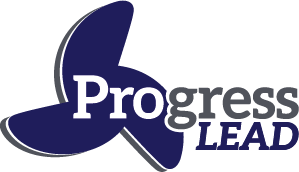Best practices for communicating with stakeholders and team members

By Jörgen Lindahl │ April 26, 2023

- Project Management, Team Leadership
Effective communication is critical in project and portfolio management. Communication helps stakeholders and team members stay informed, engaged, and motivated throughout the project lifecycle.
In this article, we will explore the best practices for communicating with stakeholders and team members, including techniques for developing communication strategies and delivering effective communication.
Developing Communication Strategies
Developing a communication strategy is the first step in effective communication in project and portfolio management. The communication strategy should identify the communication objectives, the target audience, and the key messages. The following techniques can help organizations develop effective communication strategies:
- Stakeholder Analysis: Stakeholder analysis involves identifying stakeholders, assessing their level of interest and influence, and developing strategies to manage their expectations. Stakeholder analysis can help organizations identify the key messages that need to be communicated to each stakeholder group.
- Communication Planning: Communication planning involves developing a plan to communicate with stakeholders and team members throughout the project lifecycle. The plan should define the communication objectives, the target audience, the communication channels, and the frequency of communication.

Delivering Effective Communication
Delivering effective communication is critical to ensuring that stakeholders and team members are engaged and informed throughout the project lifecycle. The following techniques can help organizations deliver effective communication:
- Clarity: Communication should be clear and concise. Messages should be easy to understand, and jargon should be avoided.
- Timeliness: Communication should be delivered in a timely manner. Messages should be delivered when they are relevant and timely.
- Tailoring: Communication should be tailored to the target audience. Messages should be customized based on the recipient’s background, interests, and preferences.
- Feedback: Communication should be two-way. Feedback should be encouraged to ensure that messages are received and understood.

Conclusion
Effective communication is critical in project and portfolio management. Developing effective communication strategies, identifying communication channels, and delivering effective communication are essential to ensure that stakeholders and team members are engaged and informed throughout the project lifecycle.
Techniques for developing communication strategies include stakeholder analysis and communication planning. Techniques for identifying communication channels include face-to-face communication, email communication, and collaboration tools. Techniques for delivering effective communication include clarity, timeliness, tailoring, and feedback. Organizations that follow these best practices can increase the chances of success in their project and portfolio management.

Like what you read? Share this article.




